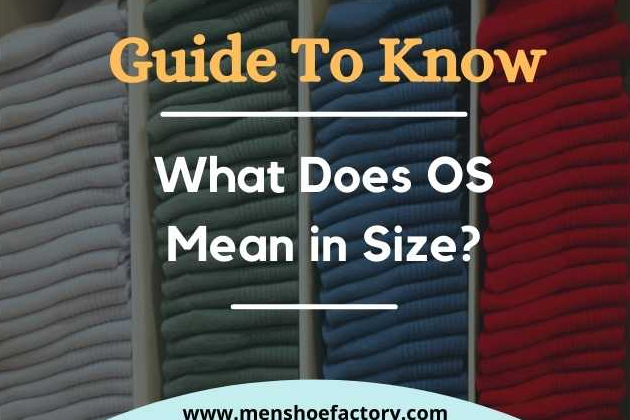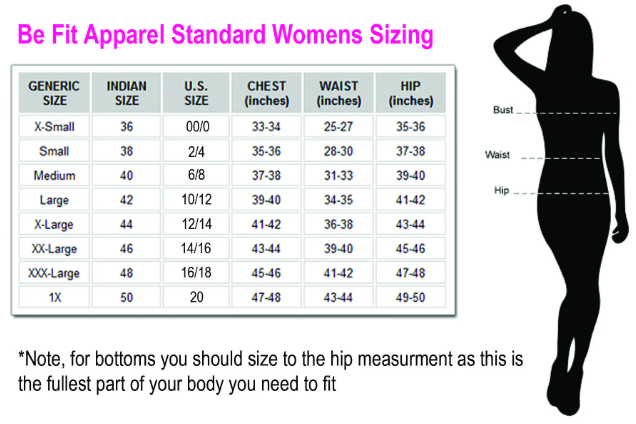The Meaning and Significance of "Size OS": A Comprehensive Guide
The term "Size OS" is commonly used in the context of fashion and clothing. It often appears on clothing tags, particularly for accessories like hats, gloves, and scarves. In this article, we explore the meaning and significance of "Size OS" and its implications for consumers. Understanding this sizing designation can help individuals make informed decisions when purchasing items labeled as such.

What does OS mean in size?
I. Definition of "Size OS"
In the world of fashion, clothing sizes are often categorized using various systems, such as numeric sizing or small, medium, large (S, M, L).
However, "Size OS" stands for "One Size" and is used to indicate that a particular item is intended to fit individuals of various body shapes and sizes.
Unlike specific numerical or letter sizing, "Size OS" suggests that the garment or accessory is designed to be adjustable or stretchable to accommodate a wide range of wearers.
II. "One Size Fits All" Concept
The concept of "one size fits all" has been around for many years and aims to provide a simplified approach to sizing.
It suggests that a single garment can accommodate wearers of different body sizes and proportions.
This concept is particularly common in accessories like hats, gloves, and scarves, where a more flexible fit is possible due to the nature of the materials and construction.
III. Factors Influencing "Size OS"
Several factors contribute to the development of "Size OS" garments:
A. Stretchable and Adjustable Materials: "Size OS" items often utilize materials with inherent stretch or incorporate features like elastic bands, drawstrings, or adjustable straps. These design elements allow the garment to conform to different body shapes and sizes.
B. Design and Construction Techniques: Garments labeled as "Size OS" are designed with versatility in mind. They may incorporate elements such as generous silhouettes, loose-fitting styles, or innovative patterns that can accommodate a range of body types.
C. Target Market and Consumer Preferences: The decision to create "Size OS" items is influenced by the target market and consumer demand. Some brands aim to cater to a wide audience by offering a single size option that can potentially fit many individuals.
IV. Interpretation and Fit Considerations
Interpreting the fit of "Size OS" items can vary depending on individual body proportions and preferences. While the intention is to provide a comfortable fit for most wearers, it's essential to consider the following factors:
A. Understanding Variations in Body Shapes and Sizes: Bodies come in different shapes and sizes, and what may fit one person well may not fit another in the same way. Individuals should be aware of their unique body proportions and how they may relate to the garment's design and fit.
B. Assessing the Fit of "Size OS" Items: When trying on "Size OS" items, it's important to consider the intended style and fit. Some garments may be intentionally oversized, while others may have a more relaxed or adjustable fit. Evaluating how the item drapes, the desired level of snugness, and overall comfort are essential factors in determining the fit.
C. Importance of Individual Measurements and Personal Preference: Taking accurate body measurements and comparing them to the provided size chart or product specifications can help individuals gauge whether a "Size OS" item is likely to fit well. Personal preference regarding fit—whether one prefers a looser or more tailored look—should also be considered.
V. Pros and Cons of "Size OS"
"Size OS" offers certain advantages and disadvantages, which individuals should consider before making a purchase:
A. Advantages of "Size OS" for Convenience and Versatility: One of the primary benefits of "Size OS" is its convenience. It eliminates the need to navigate through various size options, making shopping more straightforward. Additionally, "Size OS" items can be versatile, allowing individuals to share them with others or adapt their fit over time.
B. Limitations and Potential Issues for Different Body Types: While "Size OS" aims to provide a universal fit, it may not be suitable for everyone. Some individuals with extremely petite or plus-size body types may find that "Size OS" items do not offer an optimal fit or may not be available in their desired style.
C. Customer Reviews and Experiences: Checking customer reviews and experiences can provide valuable insights into how well "Size OS" items fit different body types. Reading feedback from others who have purchased the same item can help individuals make more informed decisions.
VI. Communication and Transparency
To ensure a positive shopping experience, brands and retailers can focus on effective communication and transparency regarding "Size OS" items:
A. Clear Product Descriptions and Information: Providing detailed product descriptions that include information on the intended fit, design features, and any adjustability can help customers understand what to expect from "Size OS" items.
B. Detailed Size Charts and Measurements: Including comprehensive size charts that outline specific measurements can assist customers in determining whether the "Size OS" item will align with their body proportions. Accurate measurements can provide a more realistic understanding of how the item will fit.
C. Customer Support and Return Policies: Offering responsive customer support and fair return policies can help address any concerns or issues related to the fit of "Size OS" items. This approach demonstrates a commitment to customer satisfaction and reinforces trust in the brand.
VII. Alternatives to "Size OS"
In cases where "Size OS" items may not meet individual preferences or requirements, alternative sizing options may be available:
A. Size Ranges and Options: Some brands offer a range of sizes in addition to or instead of "Size OS." This allows for a more tailored fit and accommodates a broader range of body types.
B. Customizable and Made-to-Measure Products: Customizable or made-to-measure options provide an even more personalized fit. Customers can provide their measurements, and the item is created specifically to their specifications.
VIII. Industry Practices and Standards
Brands and manufacturers are responsible for adhering to sizing regulations and guidelines to ensure consistency and accuracy. Compliance with industry standards promotes transparency and helps customers make informed decisions.
IX. Consumer Tips and Recommendations
To navigate the world of "Size OS" items effectively, individuals can consider the following tips and recommendations:
A. Knowing Your Measurements and Preferences: Taking accurate body measurements and understanding personal fit preferences can guide purchasing decisions and reduce the likelihood of disappointment.
B. Reading and Understanding Product Descriptions: Carefully reviewing product descriptions, including details about the fit, materials, and any adjustable features, can provide insights into whether the "Size OS" item aligns with individual expectations.
C. Seeking Customer Feedback and Reviews: Considering the experiences and feedback of other customers who have purchased "Size OS" items can offer valuable insights into how well they fit and whether they meet expectations.

Be Fit Apparel Standard Womens Sizing
In conclusion, "Size OS" is a sizing designation commonly used in the fashion industry to represent "one size fits all" or a universal size for certain accessories. While it offers convenience and versatility, it's essential to recognize the limitations and understand how it may fit different body types. Communication, transparency, and consumer education are crucial in ensuring that individuals can make informed choices when purchasing "Size OS" items. By considering individual measurements, preferences, and available alternatives, consumers can navigate the world of sizing more confidently. Ultimately, the meaning and significance of "Size OS" lie in the hands of the consumers, who can choose what works best for their unique needs and preferences.